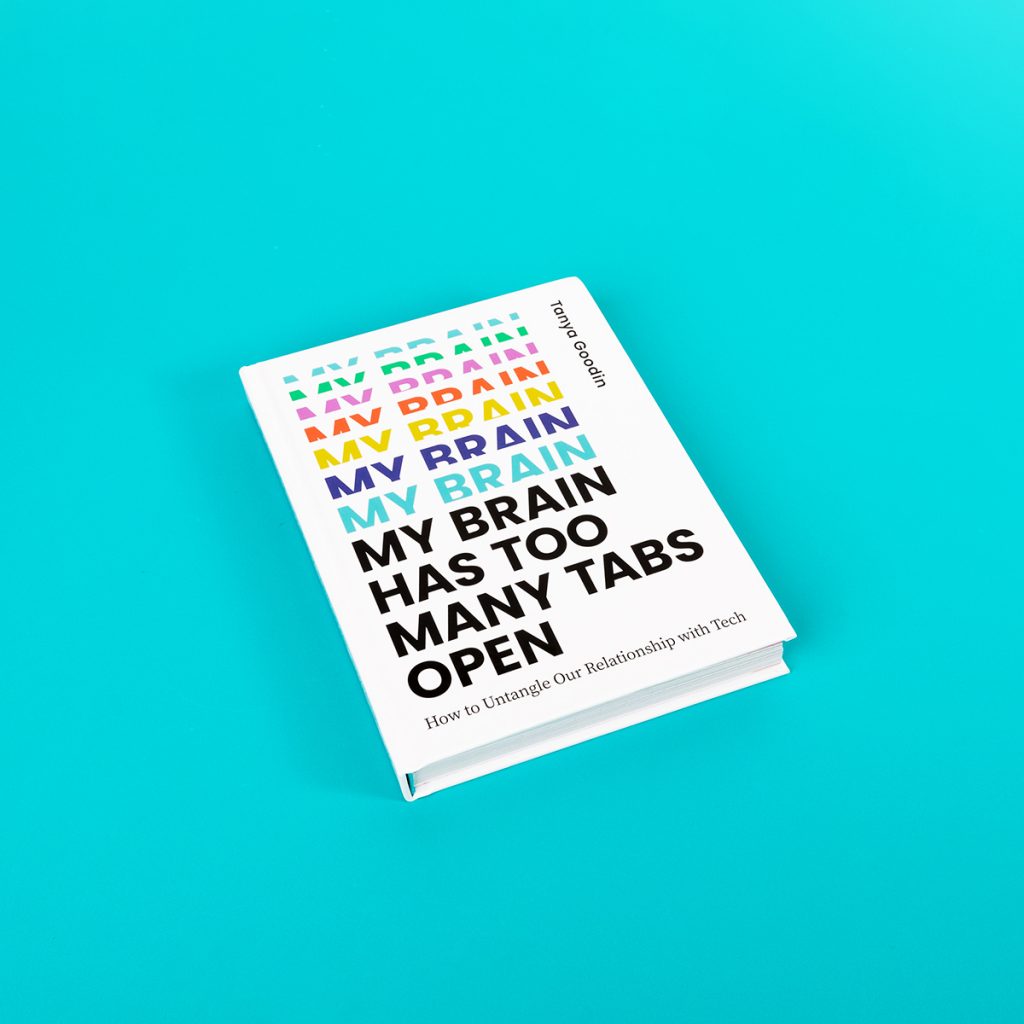
04 Apr Persuasive Technology 101
The digital environment isn’t all bad, but our time spent in it is dominated by a small number of large platforms that use sophisticated manipulation techniques to keep us on screens. Amazon, Instagram, Snapchat, Facebook, Twitter and TikTok are all built around these techniques. It’s called persuasive technology.
All these companies are part of what’s been called the attention economy, an online environment that treats our human focus and attention as a commodity and where each company or platform is vying to keep more and more of it focused on their products, apps and platforms.
But what exactly is persuasive tech? And, more importantly, what do we need to do if we don’t want to be manipulated by it? Here’s our starter guide on how persuasive technology works.
#1 What is persuasive technology and where did it come from?
Persuasive technology was pioneered largely by one man, Professor BJ Fogg, at Stanford University in the late 1990s. He began formulating the principles of persuasion in technology while studying for his doctorate in psychology. In 1998 he founded the Stanford Persuasive Tech Lab, subsequently re-renamed the ‘Behavior Design Lab‘, for the study and promotion of technologies which can change and/or modify human behaviour.
“In written form, my model looks like this:
B=MAP
Here’s the simplest way to explain it: “Behavior (B) happens when Motivation (M), Ability (A), and a Prompt (P) come together at the same moment.”
BJ Fogg ‘Fogg Behavior Model’
All the features of persuasive tech use the three factors of Fogg’s ‘Behavior Model’ to manipulate their users – motivation, ability, and prompts – and get them behaving in the way they want.
- Motivation – a desire to connect with other people (social media) or a desire for a product (online shopping) for example.
- Ability – the ability to actually do what the technology or app wants us to do (click on a button, input a credit card, share a post).
- Prompts – features like banners, app badges, sounds and notifications, ‘prompting’ us what to do.
Good examples are those red numbers on our app icons ( ‘badges’) or the banners that pop up on our phone lock and home screens. They all get us going back and reconnecting with an app, even when we had no desire to use that app right now – or were happily doing something else.
Fogg’s influence can be seen everywhere in Big Tech. The co-founder of Instagram was a student of his and there are now numerous former students of his lab working in tech. His 2007 ‘Facebook class’, which encouraged students to design and launch Facebook apps at rapid speed, made many of his students millionaires before they’d even finished the course at Stanford.
#2 What makes persuasive technology work so well?
Persuasive tech works so brilliantly because it manipulates human psychology and exploits our weaknesses (and sometimes also our strengths) to make us do its bidding.
We tend respond to urgent alerts, for example, because as humans we are primed to recognise danger and warnings (all app badge notifications tend to be red, the classic warning colour). This tendency to be hyper-alert to dangers and threats in our environment is what kept us alive in our hunter-gatherer days and our brains haven’t changed much since then, though the world around us has.

We’re also primed as humans to seek out human connection and to look for signs of approval from those around us (another tendency that kept us safe – keeping us within a larger group). Signs of approval from those around us ‘reward’ our primitive brains with bursts of dopamine – the feel good brain hormone.
Persuasive technology is now mostly built using artificial intelligence (AI) which can work at break-neck speed to track how each of us is responding in real-time to different prompts and techniques and then refine and hone the tricks that work best on our unique psychology. You might be immune to red badge icons on apps for example, but particularly susceptible to app banners on your home screen. Or, you might respond very speedily to the type of messages telling you what you’ve missed on an app while you’ve been away from it.
Of course, people trying to ‘sell’ a product or service have always used human psychology to manipulate their customers into buying. But what is happening now is on a huge scale with billions of dollars invested in it and with computing power more powerful than anything seen before in our history.
#3 What harm is persuasive tech doing to all of us?
Persuasive technology is manipulating human behaviour on a global scale and with that has come many unintended consequences. At its most basic level it’s causing us to waste hours of time on social media. At its most concerning it’s changing society by manipulating our opinions, our world views, our view of ourselves and our bodies and facilitating the spread of damaging misinformation online.
Wasting our time
Scrolling through social media may seem benign and spending just a little bit more time than we really intended to may not seem much of a problem. But evidence is building that these apps are wasting hours and hours of our days and causing us to scroll aimlessly for those tiny brain rewards, neglecting important areas of our lives. We now spend an average of nearly two and a half hours a day on social media – up from an hour and a half in 2012 just ten years ago.
Changing society
The unintended consequences and societal changes are the most concerning aspect of persuasive technology. Some scientists believe that the increasing time on social media is causing widespread mental health damage for example. And disinformation spread by anti-vaxxers or climate-change deniers has done real damage to society and to the planet. YouTube’s recommendation engine, built around persuasive technology, has been found to amplify outrage, conspiracy theories, and extremism to keep us watching.
BJ Fogg actually warned about the damage persuasive technology could potentially do at some point in the future. This video was put together by him and his students as far back as 2006.
#4 What can we do about it?
If we don’t want to be manipulated by Big Tech and persuasive technology we need to take back control. We need to put our scrolling and viewing habits firmly back under the charge our own conscious decision-making abilities, rather than blindly allow ourselves to go down internet rabbit holes designed to ensnare us. Here are some suggestions;
- Turn off notifications – persuasive tech isn’t magic. The prompts only work if you can see or hear them (or feel them if you have vibration mode on). Turn off as many as possible on your devices so you choose when to engage with your apps – not Big Tech.
- Cull social media apps – be ruthless and eliminate as many as possible. We have very little good news, and lots of bad, on what these apps are doing to us. Use them sparingly.
- Be wise to emotional triggers – sharing of disinformation and propaganda largely relies on stirring up strong emotions. Be very careful if a post or video makes you feel very angry or indignant. Resist the temptation to share outrage.
- Use anti-distraction tools – digital wellbeing tools and apps have developed a lot in the past few years as persuasive tech has been more widely discussed. Apps like Forest and Freedom will help you stay focused.

For more about how persuasive tech and the attention economy and how to resist it, without switching off completely – pick up a copy of our new book: My Brain Has Too Many Tabs Open. Available to order here.






Sorry, the comment form is closed at this time.